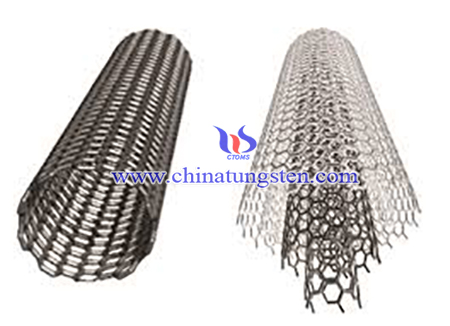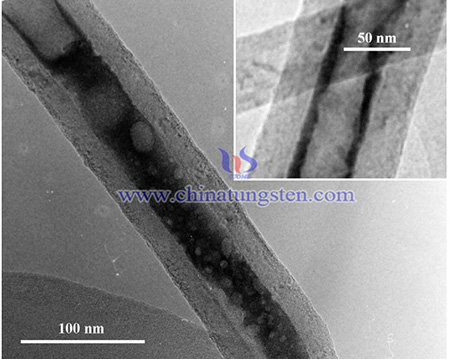WO3/Carbon Nanotubes Synthesized From APT
- Details
- Category: Tungsten Information
- Published on Wednesday, 14 July 2021 05:20
The mechanical properties of carbon nanotube composites are mainly studied by experiment, theoretical analysis and numerical method. The common methods for the mechanical properties of carbon nanotubes include amplitude calculation, cantilever/simply supported beam model, and direct methods. The mechanical parameters of carbon nanotubes are derived by classical mechanics.Solid acid catalysts play a significant part in chemical and petroleum industries in hydrocarbon conversion reactions required in octane enhancement processes, such as cracking, isomerization and alkylation, which can form highly branched isoparaffins. Such reactions need strong or moderate acid catalysts.


The as-synthesized product was characterized by X-ray diffraction (XRD), transmission electron microscopy (TEM), temperature-programmed reduction (TPR) and X-ray photoemission spectroscopy (XPS).
To sum up, the WO3/Carbon nanotubes exhibited monofunctional acidic skeletal isomerization properties with very high (100%) skeletal isomerization selectivities even at high conversion levels, confirmed by the fact that they are only active for olefin reactions but exhibit no activity toward saturated reactants. These materials were tested for C6 olefin skeletal isomerization in different activation (pre-reduction) conditions and compared to a reference tungstated zirconia, WO3/ZrO2, catalyst. They led to very high skeletal isomerization selectivities at 200 8C at high conversion level without any observable deactivation.
- APT Manufacturer & Supplier, Chinatungsten Online: ammonium-paratungstate.com
- Tungsten News & Prices of China Tungsten Industry Association: www.ctia.com.cn
- Molybdenum News & Price: news.molybdenum.com.cn
- Tel.: 86 592 5129696; Fax: 86 592 5129797; Email: sales@chinatungsten.com



 sales@chinatungsten.com
sales@chinatungsten.com